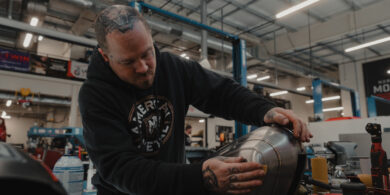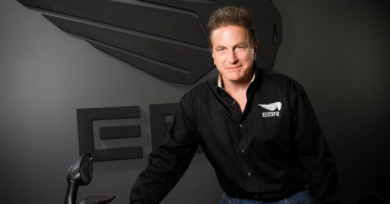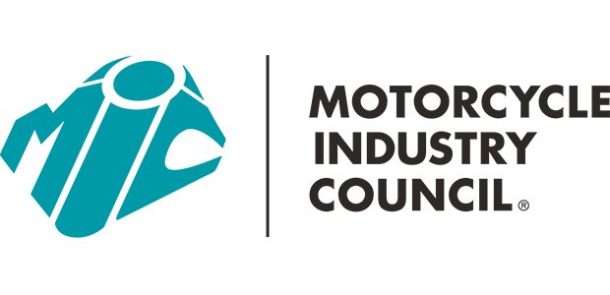February 12, 2007: How a $400 discount turns into a $400,000 loss
“What’s the big deal?” the salesperson asked his dealer principal. “It’s only a $400 discount.”
Is this the culture in your dealership?
Let’s take a look at two different stores that both sell about 1,000 units per year. They operate in similar market areas, carry the same product brands, have nice facilities and a strong customer satisfaction index. In the eyes of their OEMs, they are both great performers that are on the exact same level. So what’s the difference? The difference is that little $400 discount, which adds up to $400,000 in gross profit each year.
That’s amazing, isn’t it?
Front-end gross profit is the selling price of a unit minus the cost, and does not include earnings from the F&I department, parts department or service department. For example, if a dealership sells a unit for $7,400 that costs them $6,400, the front-end gross profit would be $1,000.
The benchmark for the average front-end gross profit is more than $1,300 per unit sold, according to a recent RPM Group composite report. And remember, that doesn’t include F&I. If you’re still looking for a good reason to join a 20 Group, just do the math.
The first step to increasing your front-end gross profit is to begin tracking it. Set up a report in your dealership management system that will give you the gross profit of all the units your dealership sold for any given date range, and then get in the habit of printing that report at least weekly. One unnecessary discount can lead to many others, and by viewing that report you will be able to keep your finger on the pulse.
Once you are tracking your front-end gross profit, here are some other tips to maximize your profitability:
As you can see, a few small tweaks will make a big difference in your gross profit. Discounting should be the exception, and not the norm. And the next time your salesperson asks, “What’s the big deal, it’s only $400?” you’ll remember that $400 today turns in to $400,000 tomorrow.
Tory Hornsby, general manager of Dealership University, was drawn to the powersports industry more than 10 years ago when he turned his passion for motorcycles into a career. Hornsby worked in nearly every position in the dealership before becoming a general manager. He welcomes your e-mail: thornsby@dealershipuniversity.com.




